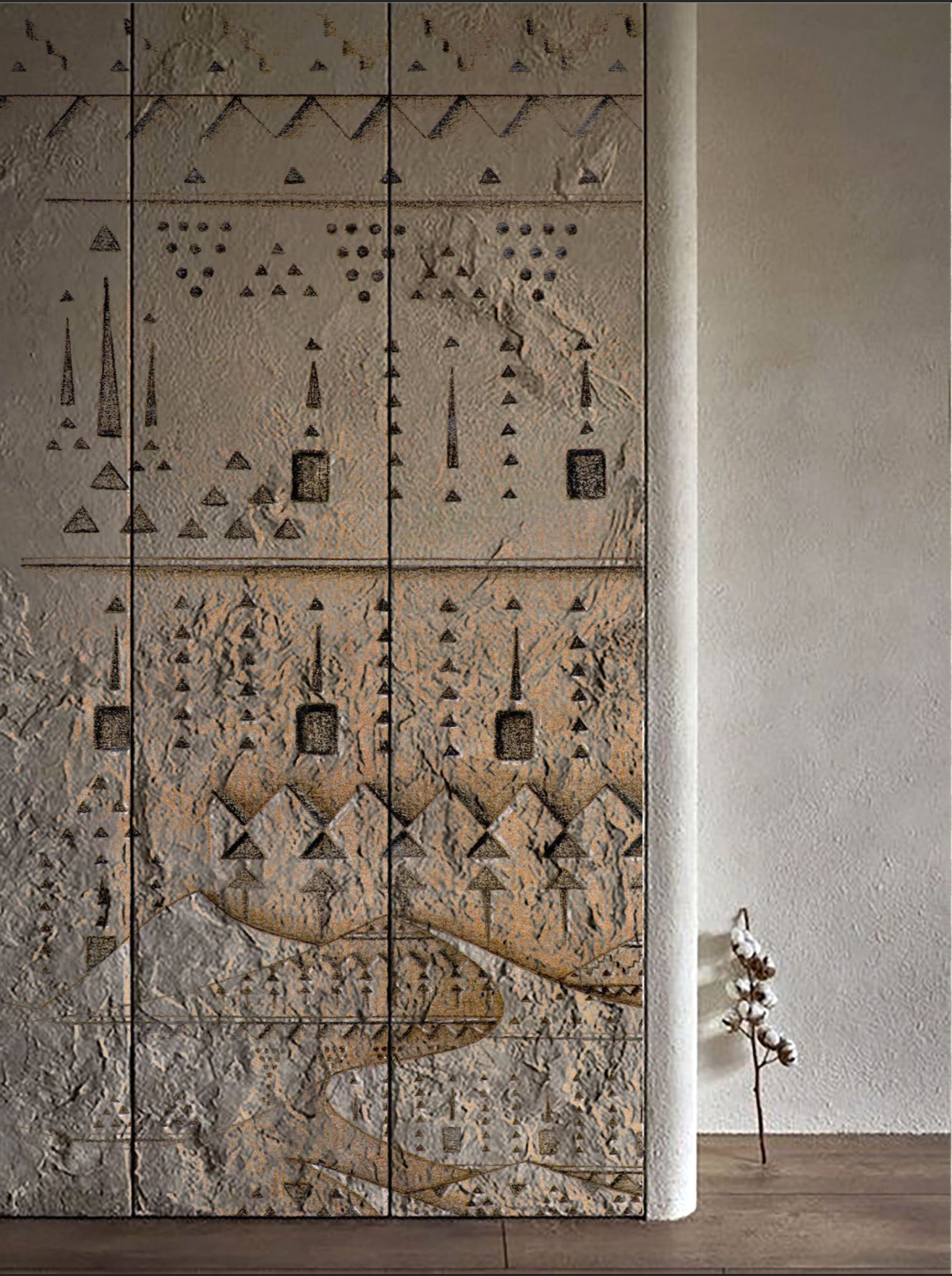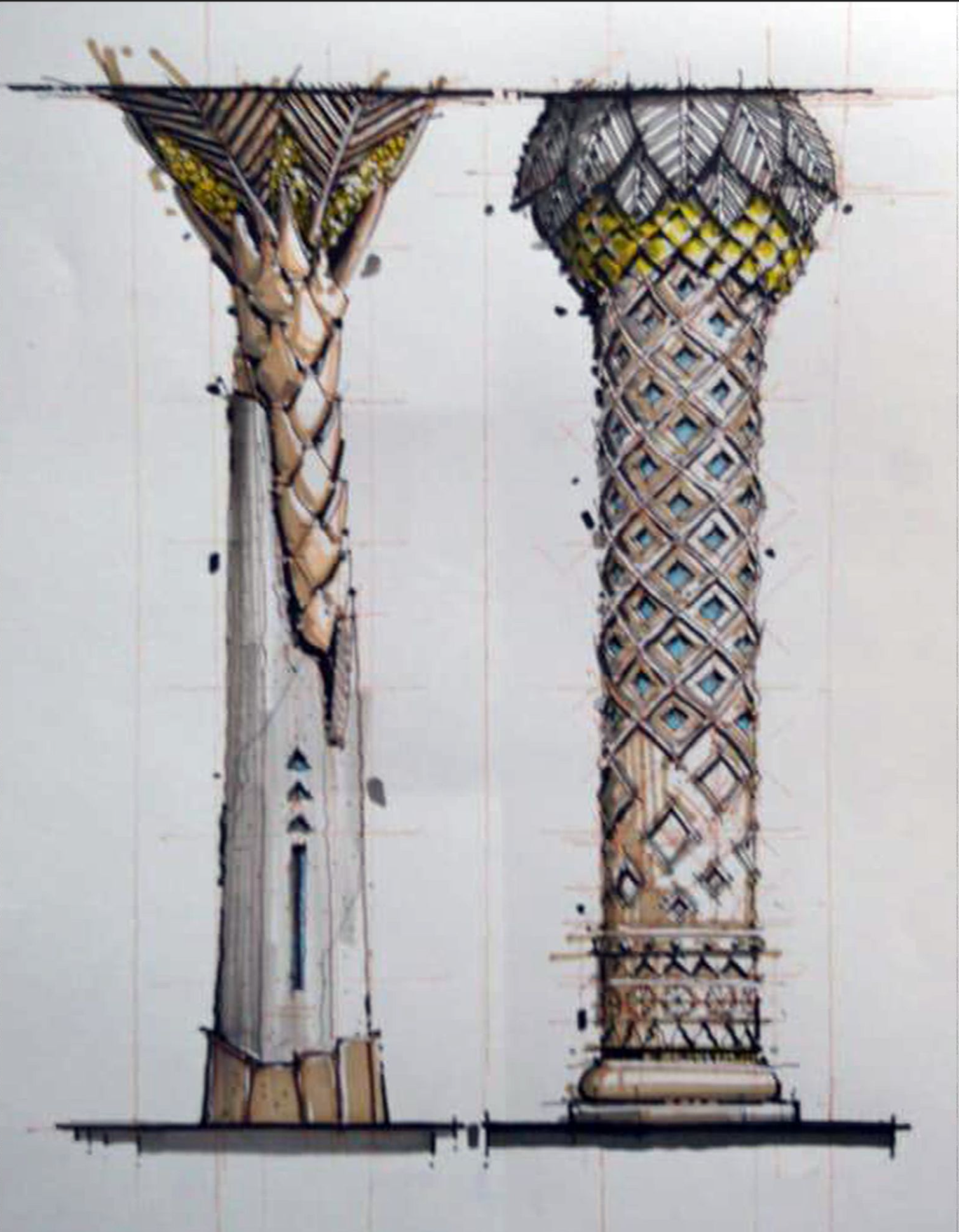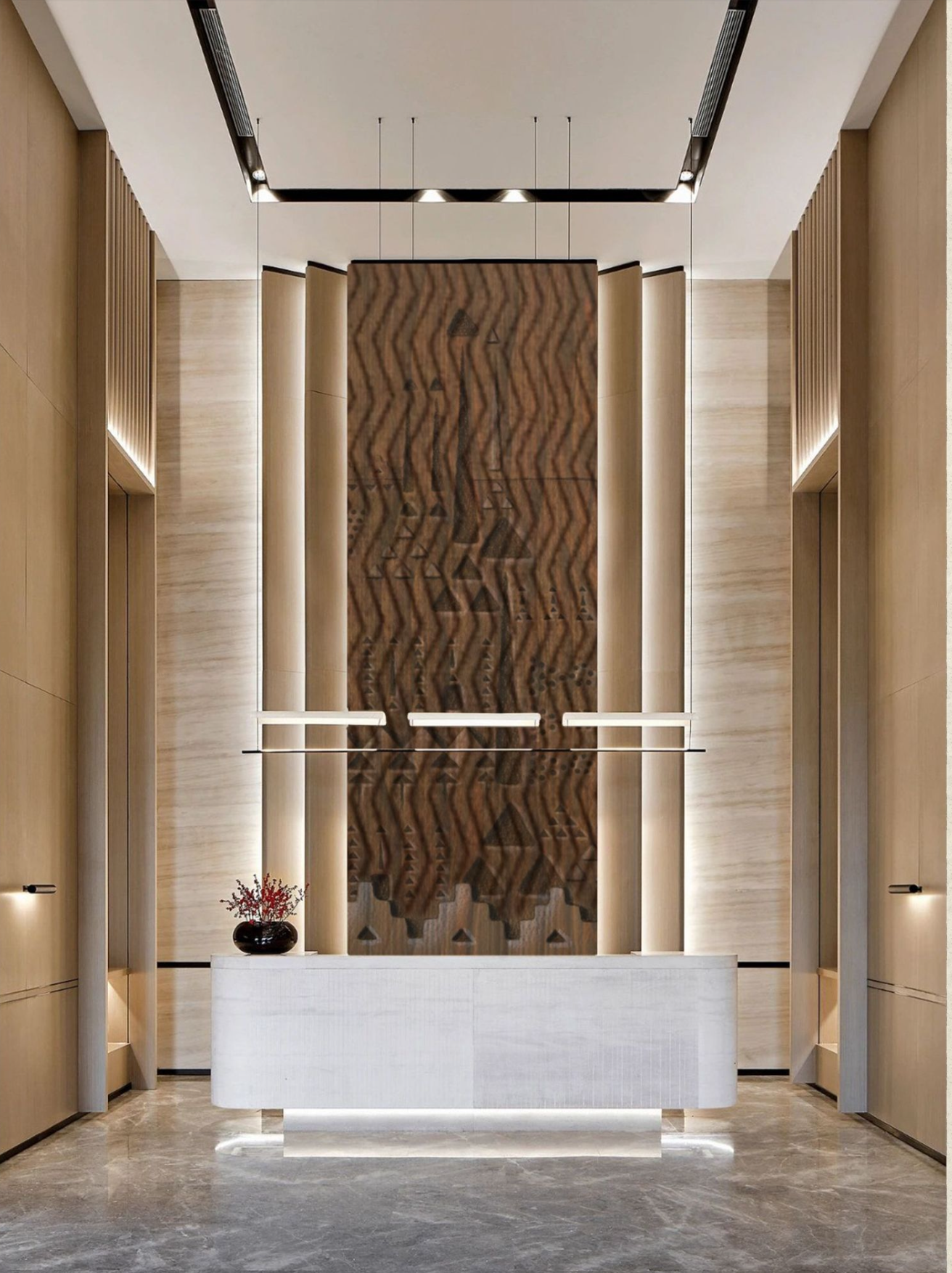Pioneering
Almuharb
Art
www.almuharb.com

Saudi traditional architecture is an essential part of the Kingdom’s cultural identity, reflecting a rich history and civilization that spans thousands of years. Architecture in Saudi Arabia is distinguished by great diversity and interaction with the surrounding environment, blending a unique mix of ancient cultures, traditional architectural innovation, and reliance on local resources. This architecture not only represents construction art but also symbolizes human capability to adapt and innovate across eras.
Najdi Architecture: Tradition and Creativity
Najdi architecture is considered one of the most exquisite examples of architectural arts in Saudi Arabia. It is characterized by the use of natural materials such as clay and stone, which align with the hot and arid environment of the region. Traditional houses in Najd feature thick walls to maintain interior coolness in the summer and warmth in the winter, with flat roofs used for water storage and protection from heat.
One of the most prominent features of Najdi architecture is the tower, which was used both for defense and as a means of organizing daily life. Towers were once vital social centers in many Najdi villages and towns. Today, these towers continue to adorn the landscape by incorporating elements of Najdi ornamentation and traditional architectural designs.
Hejaz Architecture: Purity of Islamic Art
In the Hejaz region, Hejaz architecture is distinguished by a unique style that blends Islamic authenticity with modernity, especially in the city of Jeddah, which is considered the cradle of traditional Islamic architecture in Saudi Arabia. Religious significance is an important element of Hejaz architecture, with mosques and palaces featuring designs that reflect Islamic symbolism.
Traditional Hejaz houses, such as those in the historic city of Jeddah, reflect the old Hejazi lifestyle, incorporating wood and beautiful ornaments like intricately carved wooden windows known as "mashrabiya," which showcase precise Islamic patterns. The roofs of Hejaz homes are expertly designed to control ventilation, and lavish decorations represent the cultural traditions of Hejazi families.
Architecture in Modern Cities: Preserving Heritage and Architectural Evolution
As the Kingdom moves forward in modernizing its major cities, preserving architectural heritage remains an integral part of Saudi Arabia's future vision. Preserving architectural heritage is not limited to traditional buildings but also involves integrating these designs with the latest architectural developments.
In cities like Jeddah and Riyadh, modern architectural styles are combined with elements of Saudi heritage. Major shopping centers, universities, and government buildings in the Kingdom feature architectural details that reflect the spirit of Saudi heritage, whether in shapes, décor, or material selection. A prominent contemporary example of this is "Salmany Architecture," which blends traditional ornaments and carvings into modern architectural designs, highlighting the uniqueness of Saudi architecture.
Saudi Architecture in the Eyes of the World
Saudi traditional architecture has become a source of global admiration. Saudi traditional designs are now being studied at prestigious global universities and architectural schools as part of cultural architectural studies. International architects admire the sustainable architectural system that relies on the use of natural resources in construction, making it a model for sustainable architecture.
Additionally, global exhibitions such as the "Venice Biennale" and "Expo Dubai 2020" serve as platforms that highlight Saudi architectural projects, including works by talented Saudi architects like Ibrahim Al-Muharb, who blends contemporary architecture with authentic Saudi heritage..
Conclusion
Saudi traditional architecture continues to impress the world not only through the beauty of its designs but also through its influence on modern architectural design. As the Kingdom moves toward the future, this traditional architecture remains a vital guide for preserving cultural identity and presenting it to the world in an innovative and artistic manner. Thus, Saudi architecture remains a symbol of art and beauty that reflects the Kingdom’s identity and aspirations for the future.


Similar Publications:


